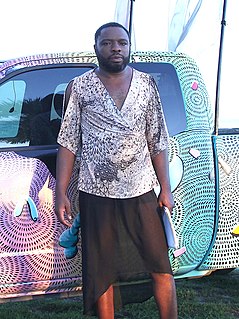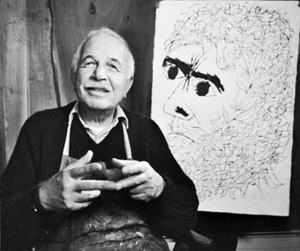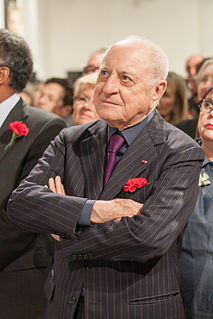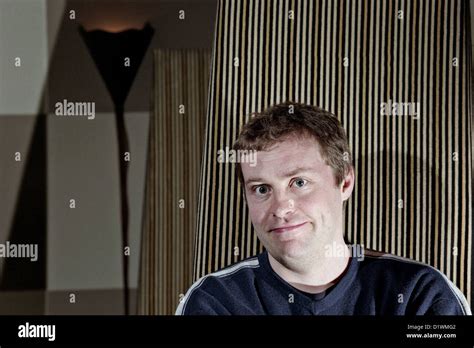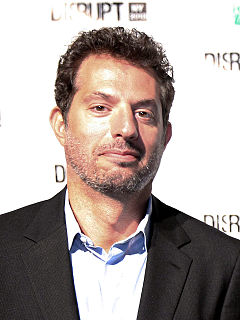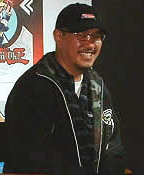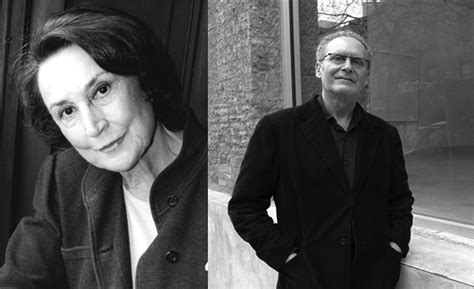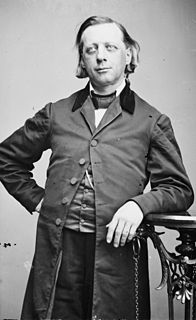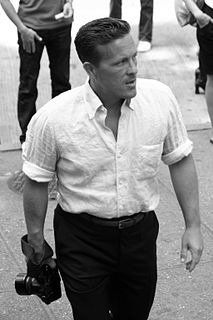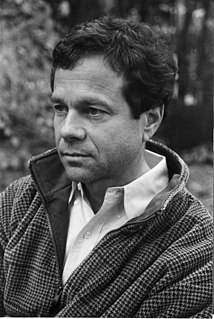A Quote by Michael Craig-Martin
The first exhibition that I used bright colours in painting the room was at a gallery in Paris, and there were seven rooms in the gallery. It was very nice gallery, not very big rooms, around the courtyard, it was a very French space. So I painted each room in different colour. When people came to the exhibition, I saw they came with a smile. Everybody smiles - this is something I never saw in my work before.
Related Quotes
I've been collecting photos for a long time, I mean since I started making money. But what you have had to go through to find a good photo is like a needle in the haystack sometimes. You'll drive from one gallery to the next gallery to the next gallery. It's not an easy process. It's a very ancient model that just hasn't caught up with the times.
A number of years ago, when I had an exhibition of my work, the people in charge who came to pick up my manuscripts saw them piled up haphazardly in the garage and were shocked. 'What? They'll grow mold like this!' they said. People who do things properly apparently make a dedicated manuscript room, where they can control humidity.
I remember when I went to a gallery in Paris at one point, they had drawings of earthworks set in different places. I asked the person sitting at the gallery desk where these works were - where in France they could be found. She looked at me in horror as if I'd asked something completely insane. She said, "Well, of course, these works don't actually exist. They're concepts."
I remember we were out on the road when the album finally came out in February 1973. I listened to it in my hotel room and just got this really big smile. I was thinking, 'It's amazing, we're really pulling this off'. The album was very, very unique and very, very different. I was really proud of the songs, especially 'No More Mr Nice Guy', 'Billion Dollar Babies' and 'Generation Landslide'.
I did a different size of photograph at the FIAT gallery - this time the images are 30" by 40," so they're maybe like four times the size of images I've shown before in a gallery. I just saw them now, and once they're in the mat and the frame, they're just beautiful. It's funny because even though it's closer to life-sized, to me anyway, they become not necessarily anymore about the person, but they almost become a little more heroic.
In a world of fixed future, life is an infinite corridor of rooms, one room lit at each moment, the next room dark but prepared. We walk from room to room, look into the room that is lit, the present moment, then walk on. We do not know the rooms ahead, but we know we cannot change them. We are spectators of our lives.

